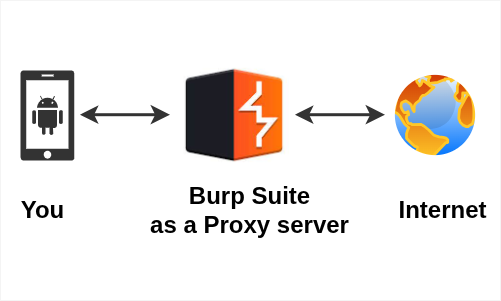Table of Contents
- /bin
- /boot
- /dev
- /etc
- /home
- /lib
- /media
- /mnt
- /opt
- /proc
- /root
- /run
- /sbin
- /src
- /sys
- /tmp
- /usr/bin
- /usr/include
- /usr/local
- /usr/sbin
- /usr/share
- /usr/tmp
- /var
- /var/log
- Bibliography
In this article, I will comprehensively discuss Linux directories and their contents. It is essential to understand the hierarchy and have a fundamental understanding of it.
Memorization is not necessary, but the better you understand, the easier it will be to work with different standard Linux directories.
/bin
/bin contains core operating system commands [Neme11]. Most of the programs are in binary format.
In a previous article, I discussed a few commands. Now, let's take a look at some program examples found inside the /bin directory:
/bin/ls: Used for listing directory contents./bin/cp: Used for copying files and directories./bin/mv: Used for moving files and directories.
/boot
The boot directory consists everything required for the boot process.
This directory stores data that is used before the kernel beings executing user-mode programs [Ng04].
/dev
Contains device files including entries for disks, printers, etc. For example, /dev/sda represents the first hard disk drive.
/etc
The /etc directory contains critical startup and configuration files.
/home
/home is the default home directories for users.
/lib
Contains libraries, shared libraries, and commands used by /bin and /sbin [Neme11]. Windows equivalent to a shared library would be a DLL file.
/media
This directory is used for "mount point" for removable media. For instance, CD-ROMs, floppy disks, et cetera.
/mnt
Moreover, /mnt is used for temporary mounting.
/opt
This directory is reserved for all the software packages that are not part of the default OS installation [Ng04].
/proc
The /proc directory holds information about all running processes.
/root
This is the home directory of the superuser.
Most represented by /.
/run
This directory is a rendezvous points for running programs (PIDs, sockets, etc.) [Neme11]
/sbin
System binaries.
Utilities used for system administration and other root-only commands are stored in /sbin, /usr/sbin, and /usr/local/sbin.
The directory includes binaries essential for booting, restoring, recovering, and/or repairing the system in addition to the binaries in /bin [lf24].
/srv
Files held for distribution through web or other servers [Neme11].
For instance, it's consider a good practice to include the website data inside /srv directory (while using HTTP server).
/sys
The /sys is the location where information about devices, drivers, and some kernel features is exposed [lf24].
/tmp
The /tmp directory is used for temporary files and files inside will be erased between reboots.
/usr
The /usr directory is one of the most important directory in Linux because it holds all the necessary user binaries.
/usr/bin
Most commands and executable files belongs to this directory [Neme11]. For example, vi, gcc, gnome-session, and so forth.
/usr/include
This directory is for 'Header files'; for compiling C programs.
/usr/local
Local software or configuration data; mirrors /usr. According to [Ng04],
this directory is widely regarded as a good place in which to keep self-compiled or third-party programs. Futhermore, the hierarchy is for used by the system administrator when installing software locally.
/usr/sbin
For less important commands for administration and repair, mean to be run by root.
/usr/share
Contains items that might be common to other system, for e.g., docs, icons, fonts, et cetera.
/usr/tmp
For more user space temporary files.
/var
Contains system-specific data and a few configuration files [Neme11].
/var/log
For system log files.
Articles recommended by the author
- This post is part of the series called A Linux Crash Course for Absolute Beginners
- Linux Filesystem Hierarchy by B. Nguyen.
- https://refspecs.linuxfoundation.org/FHS_3.0/fhs/index.html
Bibliography
[Neme11] E. Nemeth, UNIX and Linux System Administration Handbook. Prentice Hall, 2011. [Online]. Available: https://books.google.de/books?id=0SIdBAAAQBAJ
[Ng04] B. Nguyen, Linux Filesystem Hierarchy, 2004. [Online]. https://tldp.org/LDP/Linux-Filesystem-Hierarchy/html/
[lf24] linuxfoundation.org. [Online]. Available: https://refspecs.linuxfoundation.org/FHS_3.0/fhs/ch03s16.html





